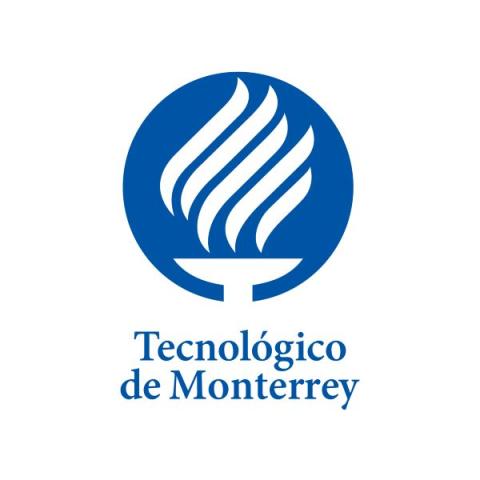
Synchronous or asynchronous? When to use which when teaching online
Virtual courses have several advantages for teacher and student alike, such as flexibility and self-management of learning, and they require a very active role from the student. However, even when working solely online, the learning equation would not be complete without the teacher’s input as a facilitator and guide. We might ask ourselves, then, when is the right time to make use of synchronous moments in virtual courses, and when are asynchronous ones more suitable?
To define when or how we can incorporate each into the teaching of the class, we must consider aspects such as the structure and nature of the course, the objectives to be achieved, the students’ profile and how follow-up or evaluation will be carried out. It is only by addressing all of these elements, evaluating their relevance and carrying out their planning that course design will be possible.
- Using gamification as an incentive for revision
- Teaching within virtual reality worlds: what, why and when
- It may be time to rethink the ‘edtech adoption curve’
To help get you started, here are a few recommended synchronous moments, to be carried out via videoconferencing, that we consider essential in an online class.
- Initial session: the purpose is to present the objectives, topics and class dynamic. It also allows students to get to know their teacher and classmates and realise they are not going on this journey alone by using interactive resources such as Padlet. We recommend making audiovisual aids available to the student and recording the session for future access.
- Sessions with experts: these are lessons featuring guests who are specialists in their fields, where students can gain in-depth knowledge. These sessions can be complemented with tools such as Mentimeter to manage students’ questions, opinions and reactions regarding a topic.
- Tutoring sessions: these are briefer and smaller moments, where specific questions on topics or activities can be addressed with a team or a single student, ensuring the best possible follow-up to their performance and queries. The teacher should initiate these themselves, inviting one or more students for a personalised session, rather than waiting to be asked.
- Closing session: this session highlights the group’s achievements in knowledge acquired and any relevant grade scores, which works much better in a synchronous situation. This moment can also be used for reflection activities in small groups using, for example, Zoom’s breakout rooms, so the students can share their key learnings from the course.
Meanwhile, the following moments work well for asynchronous instances on a course or module.
- Messaging with basic course information: since not all students can attend live sessions, it is important to provide the necessary elements to start the academic period through messaging, using email, announcements on the learning management platform, apps such as Remind and so on.
- Multimodal approaches: during the teaching of the course, the teacher can create and publish audiovisual resources, such as short videos, that address students’ questions on specific academic content, concepts or activity. This way, closeness with students is promoted and the teacher’s presence is strengthened. Videos can be created using Canva.
- Activity feedback: this is one of the most important elements of online courses, since it not only allows numeric grading but is also a space in which to approach the student and let them know they are being accompanied in their educational process. This can certainly go beyond text feedback if you wish, using audiovisual resources created in a design or video platform such as Canva, Loom or Screencastify. This process also provides benefits for the teacher by allowing them to acknowledge students who have displayed excellent performance or follow up on absenteeism and low or zero participation.
- Follow-up messaging: providing students with reminders regarding activities or to consult certain materials helps them manage their learning and their time. It is also an excellent complement to the feedback process, because it furthers closeness and communication with students, supporting them by addressing specific questions and concerns. Teachers can use apps such as Remind, Slack, Yammer, Microsoft Teams or even just email.
Synchronous and asynchronous moments should certainly complement each other; both are necessary in virtual courses and benefit the teaching-learning process. Although a prior analysis of the nature of a course should give us a better grasp of when and how to implement synchronous versus asynchronous, there’s always the possibility of conducting an online survey (created using a tool such as Google Forms) among your students to get to know their perceptions and opinions regarding them. The results of this survey will be helpful to continue and strengthen what has had a positive reaction or, if necessary, to make improvements to the teaching plan, whether that’s immediately or for future periods.
Eunice Costilla Cruz and Elizabeth Marcial Morales are tutor professors at the directorate of educational innovation and digital learning at Tecnológico de Monterrey, Mexico.
If you would like advice and insight from academics and university staff delivered direct to your inbox each week, sign up for the Campus newsletter.




